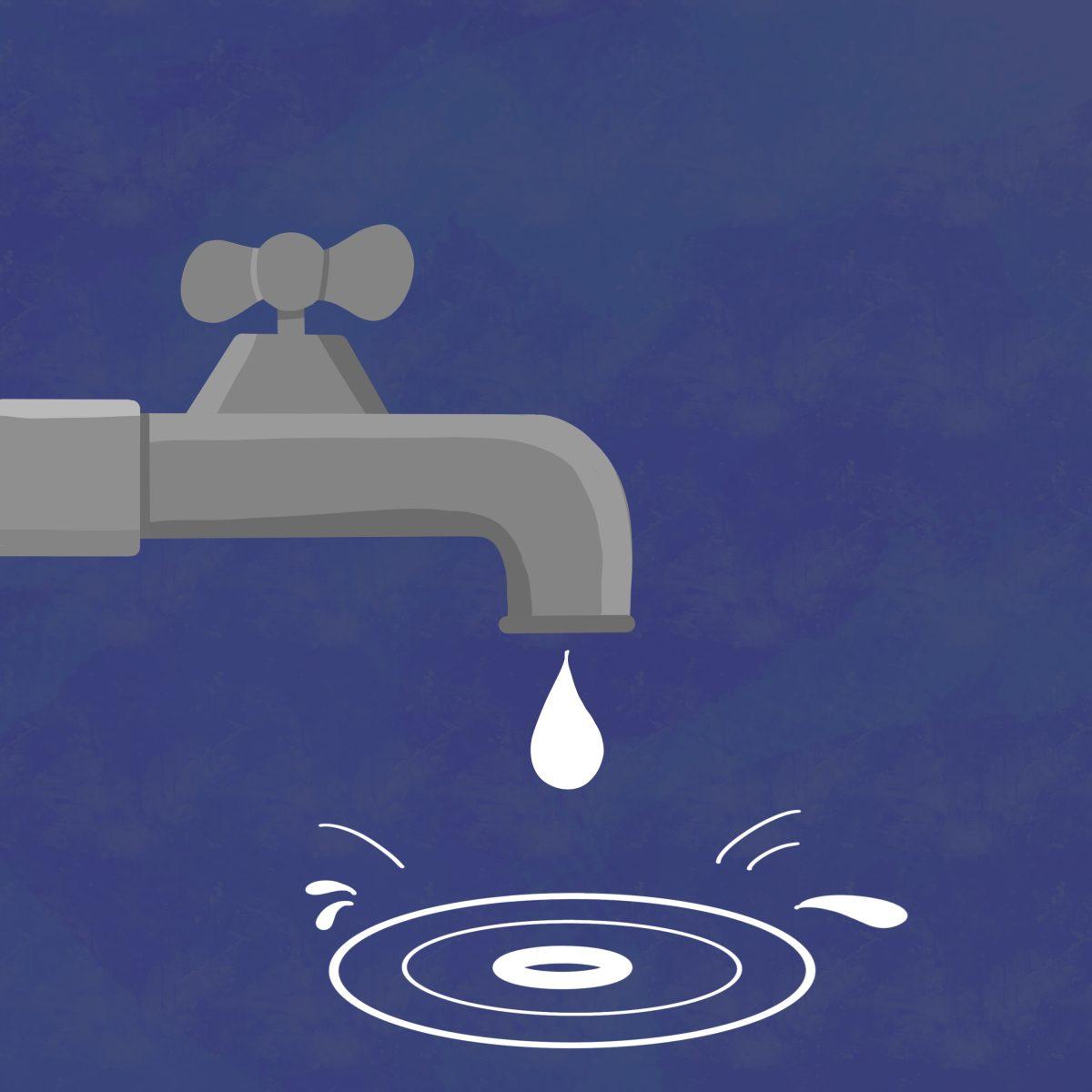Global water usage has steadily increased by 1% annually over the last four decades. This trend is alarming, especially considering that by 2050, the number of people in cities facing water scarcity is projected to more than double, from 930 million in 2016 to 2.4 billion. So, how exactly does climate change contribute to the water shortage?
Climate change includes the exacerbation of various phenomena, such as floods, droughts, wildfires, and more, all of which impact the supply of clean freshwater worldwide. Firstly, changing weather patterns lead to a redistribution of rain in certain areas. This results in some regions experiencing rising sea levels and floods from increased precipitation, and others experiencing droughts due to decreased rainfall. These rising sea levels push salt water into freshwater deltas like the Sacramento-San Joaquin Delta in California, diverting important freshwater resources for those that rely on them. Additionally, higher sea levels during storms can cause coastal floods, allowing saltwater to infiltrate underground water sources near the coast.
Global warming, associated with unexpectedly high temperatures, also affects the availability of clean water. Pollution from power plants and waste contributes to the destruction of the ozone layer, allowing stronger waves of radiation from the sun to reach the Earth’s surface. This heightened radiation accelerates the evaporation of glaciers and snow caps, which are significant sources of freshwater. The unbalanced cycle of melting and reforming snowcaps further diminishes the supply of freshwater worldwide.
In recent years, the regions of South Asia, Spain, and certain states in the US have become some of the most affected by these changing climate patterns and resulting water shortages. South Asia’s water supply, with its high population density, is becoming stressed as demand rises with population growth. Spain has experienced severe droughts and high temperatures, leading to crop failures on half of the country’s agricultural land. This particularly impacts regions like Catalonia, where low reservoir levels have necessitated trucking in water for residents. In the US, states like Arizona, New Mexico, Colorado, Nebraska, California, and Idaho are using more water than they receive annually, depleting groundwater reserves in an attempt to sustain agriculture and industry.
To address water scarcity, improvements in infrastructure, irrigation, agriculture, and international cooperation are essential. Enhancing the infrastructure of water stores and pipes can reduce water wastage and increase water quantity over time. Sustainable management techniques, such as reservoir use and desalination, can help conserve water supplies. Lastly, raising awareness and educating communities about water scarcity can lead to behavioral changes and increased water conservation efforts.






































































